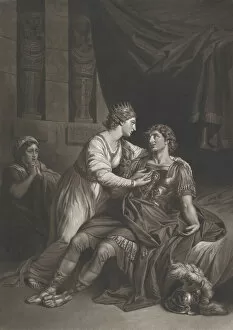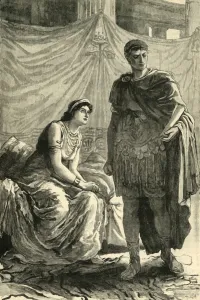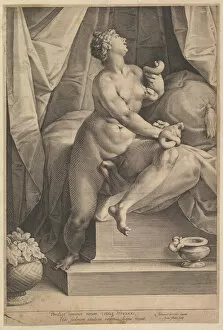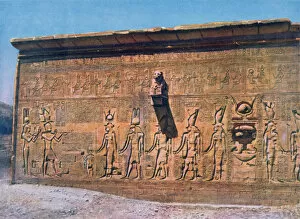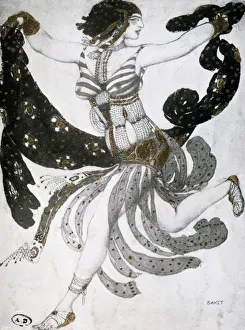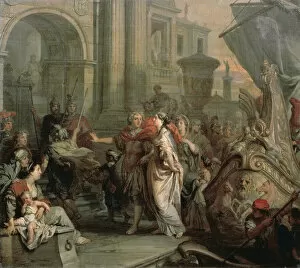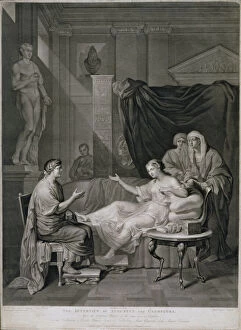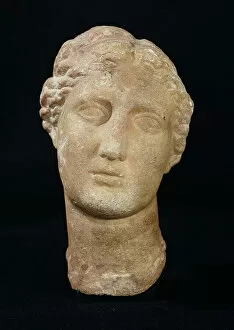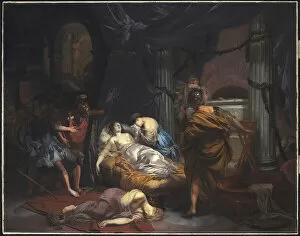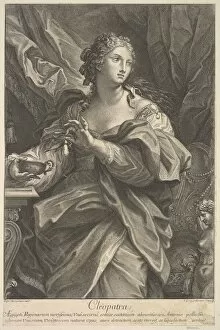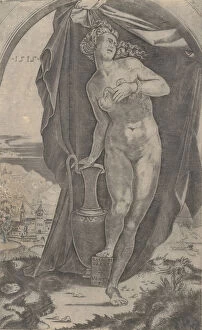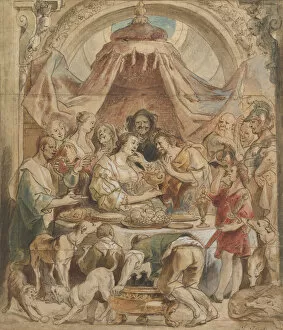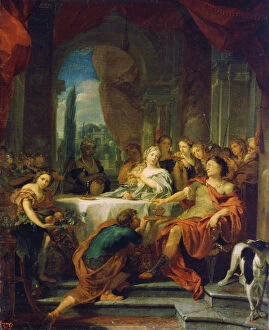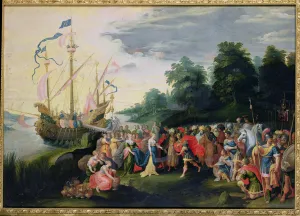Queen Of Egypt Collection
"Queen of Egypt: A Timeless Icon Unveiled" Step into the world of ancient Egypt and discover the enigmatic figure that was Cleopatra, the Queen of Egypt
All Professionally Made to Order for Quick Shipping
"Queen of Egypt: A Timeless Icon Unveiled" Step into the world of ancient Egypt and discover the enigmatic figure that was Cleopatra, the Queen of Egypt. From Shakespeare's tragic play to captivating artworks throughout history, Cleopatra's allure has captivated hearts for centuries. In Act 4, Scene 15 of Shakespeare's Antony and Cleopatra, we witness the dramatic demise of Mark Antony as he succumbs to his fate alongside his beloved queen. This poignant scene showcases their passionate love and unwavering loyalty. An intriguing glimpse into history can be found in an unknown artist's depiction titled "Interview Between Octavian and Cleopatra. " This artwork from 1890 transports us back to a pivotal moment when power dynamics shifted in ancient Rome. Jan Muller's painting from ca. 1623 portrays a mesmerizing portrait of Cleopatra herself. Her regal beauty is captured with intricate details, showcasing her status as one of history's most iconic queens. The Temple of Hathor in Dendara reveals a bas-relief featuring Cleopatra alongside her son Caesarion. This masterpiece from the 20th century offers a glimpse into their divine connection within Egyptian mythology. Leon Bakst takes us beyond reality with his ballet costume design for Cleopatra in 1909. The extravagant attire reflects both her seductive charm and majestic presence on stage. In an oil-on-canvas artwork by an anonymous artist from 1887, we witness another facet of Cleopatra's character - her cunning nature. Testing poison on condemned prisoners demonstrates her determination to protect herself at any cost. "The Meeting of Anthony and Cleopatra, " painted in 1883, captures their reunion amidst political turmoil. Their magnetic chemistry is palpable as they navigate treacherous waters together. Another striking portrayal is seen in "The Disembarkation of Cleopatra at Tarsus.

